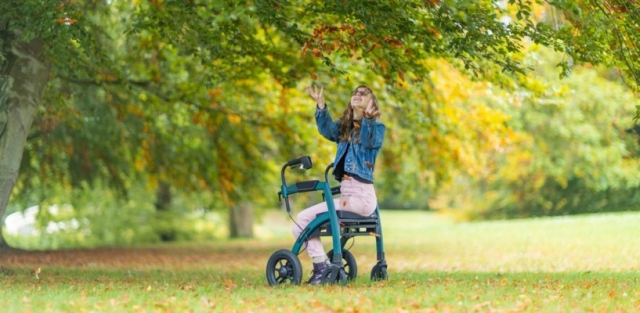Creating a supportive living space for adults with developmental disabilities promotes their independence while ensuring they feel safe and comfortable. At Gateway Counseling Center, we work with families to create these environments, ensuring their physical and emotional needs are always met. Here are some simple ways to make the living environment for an adult with developmental disabilities more suitable space.
Personalized Support Plans
Creating a personalized support plan isn't just about meeting someone's basic needs. It's about truly understanding what makes an adult with developmental disabilities feel safe, comfortable, and valued.
- Get to Know Their Needs: Start by learning about their physical, emotional, and cognitive needs. Talk to them, their doctors, and their caregivers. This isn't a one-time thing—keep checking in and adjusting the plan as their needs change.
- Make Routines, But Stay Flexible: Structure helps with day-to-day life but doesn't have to be rigid. Set up regular times for meals or activities, but let them make choices like what to eat or what they want to do. Giving them a say helps them feel more independent and in control.
- Encourage Small Steps to Independence: Build confidence by helping them take on small tasks. Whether learning a new skill or doing a simple daily chore, gradually increasing responsibilities gives them a sense of achievement.
- Keep Everyone on the Same Page: Communication is important if multiple caregivers are involved. Make sure everyone knows the plan and works together to provide consistent support.
Sensory-Friendly Spaces & Barrier-Free Design
Creating a supportive living space for an adult with developmental disabilities is about making them feel comfortable, safe, and understood. Here are some key ways to achieve that:
- Calming Lighting: Use soft, dimmable, or natural light to create a soothing atmosphere, avoiding bright, harsh lights.
- Quiet Spaces: Set up a quiet corner or room with rugs, curtains, or soundproofing to provide a peaceful retreat when things get overwhelming.
- Simple Colors and Textures: Stick to neutral, calming colors and avoid busy patterns to prevent overstimulation.
- Accessible Layout: Arrange furniture to ensure easy movement and clear pathways, especially if mobility is a concern.
- Supportive Features: Install grab bars, ramps, or hands-free fixtures to make everyday tasks more accessible and independent.
- Sensory Room: Create a sensory-friendly space with soft music, weighted blankets, or tactile objects to help them relax when needed.
Communication & Encouraging Self-Reliance
Creating a living environment for adults with IDD that promotes communication and independence can be simple. Consider these few thoughtful changes:
- Use Communication Tools: Tools like picture boards, apps, or speech devices can help them express themselves. These make it easier for them to communicate their needs and feel understood.
- Break Tasks into Steps: Simplify daily tasks like cooking or dressing by breaking them into small, manageable steps. Help at first, then gradually step back as they gain confidence. Adaptive tools, like easy-to-use utensils or visual guides, can make these tasks easier.
- Celebrate Progress: No matter how small, celebrate their achievements. Whether they complete a task or use a new tool, positive reinforcement builds confidence and encourages them to keep improving.
- Offer Simple Choices: Let them choose between two activities or meals. This gives them some control while still offering guidance when needed.
Final Thoughts
Creating a living space for adults with developmental disabilities is about more than just physical needs. It's about making them feel safe, independent, and comfortable. To do this, start with a personalized support plan, make the space accessible to move around in, and ensure it's sensory-friendly. Also, encourage them to communicate and build independence. Focusing on these basics will create a space that helps them live more empowered and fulfilling lives.






